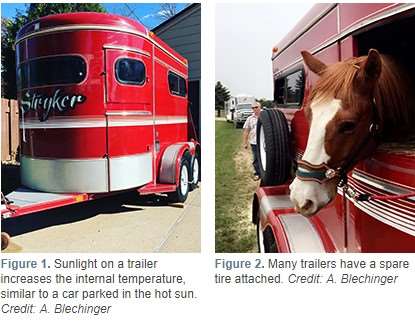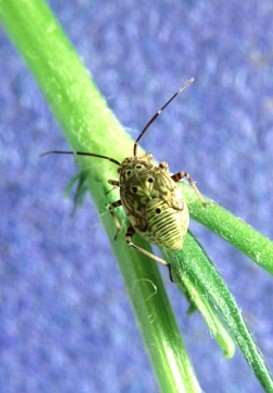
The 2017 planting and growing seasons have been vastly different than the planting and growing conditions farmers contended with in 2016. From 2016’s extreme drought to 2017’s continued flash flooding, producers have struggled in the field.
Alabama Cooperative Extension System entomologist Dr. Ron Smith said the 2017 season has already been distinctly different than any season he remembers.
“Delayed planting, excessive rainfall, mild winter weather and a warm spring are just a few of the factors that could affect the movement, numbers and levels of damage from plant bugs to this year’s cotton crop,” Smith said. “Only by close monitoring of plant bug numbers and their damage over the next four to six weeks will we know how to deal with this pest.”
Scouting and Movement of Tarnished Plant Bugs
Smith said producers should begin sampling the oldest and largest cotton immediately with sweep nets for adult tarnished plant bugs.
Producers and scouts should watch the square set by making pinhead square retention counts. An 80 percent retention rate is considered the treatment threshold. In simpler terms—producers should aim to lose less than 20 percent of small squares to plant bug damage.
“Based on history, abundant to excessive rainfall in June tends to keep wild host plants—like fleabane—fresh longer,” he said. “This slows or prolongs the movement of plant bugs into cotton.”
After fleabane dries down, there will be no other attractive wild hosts for plant bugs, prompting them to move into cotton fields.
“The movement of plant bugs into cotton has already begun,” Smith said. “This migration could continue for several weeks.”

Tarnished Plant Bug Treatment
The slow migration of plant bugs from the wild host plants may make it difficult for producers to make treatment decisions. Extended migration times may prevent plant bug numbers from reaching the threshold—or treatable level.
During a hot, dry spring, adult plant bugs leave fleabane in high numbers over relatively short periods of time (seven to 14 days). Smith said this type of rapid movement is easier to detect and makes treatment decisions simpler.
Factors Influencing Plant Bug Damage Severity
Smith said there are a number of factors that could potentially influence the severity of plant bug issues in cotton fields this season.
“I would estimate the maturity of the cotton crop is behind where it is normally during this time of year,” he said. “April cotton may serve as a trap crop for plant bugs in 2017. This could work to producers’ advantage.”
Since early June, there have been many cloudy days with temperatures in the 70s and 80s. Smith said plant bug survival is likely higher under these conditions. These factors together could equal higher damage levels in coming weeks.
Some pinhead square loss may occur as a result of water-logged soils, which many fields had during the month of June. This effect would be very difficult to separate from plant bug injury.
Identifying Tarnished Plant Bug Injury
How can producers distinguish square loss from plant bug injury?
Smith said the easiest way is to use a sweep net to document some level of plant bugs are actually present in the field.
“An additional trick to distinguishing plant bug injury was developed by Arkansas entomologists several years ago,” he said. “This technique takes time, precision and magnification.”
Producers will need a “pinhead square slicer.”
- Take a damaged pinhead square from the plant (the square will be brown or black in color). Use a sharp razor and slice the square in half.
- If the square aborted due to weather, the inside content will still be present, but deteriorating.
- If the square has been damaged by plant bugs, the interior will be hollow.
- Plant bugs tend to dissolve the contents and suck the contents of the square as food.
Source: aces.edu